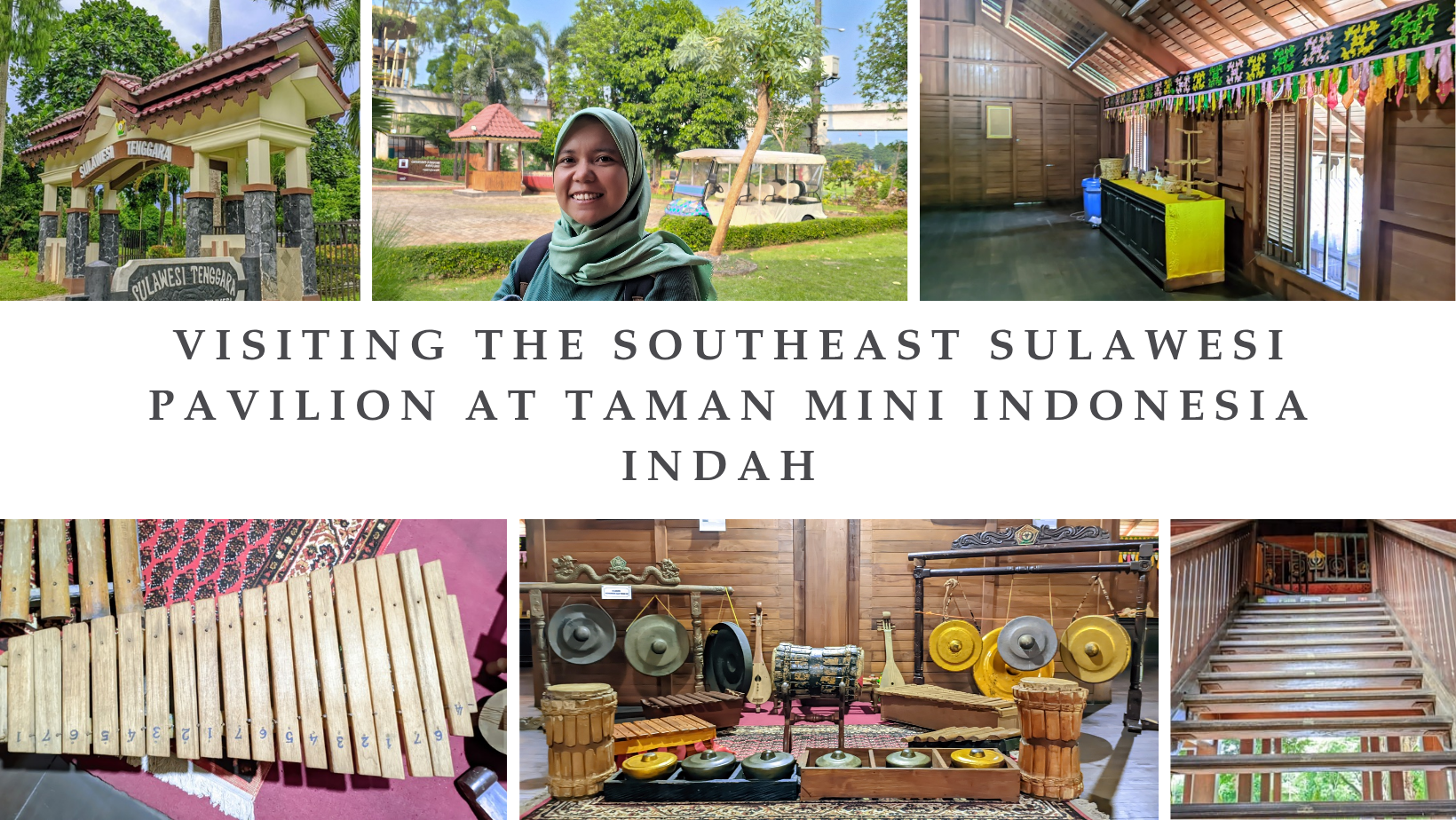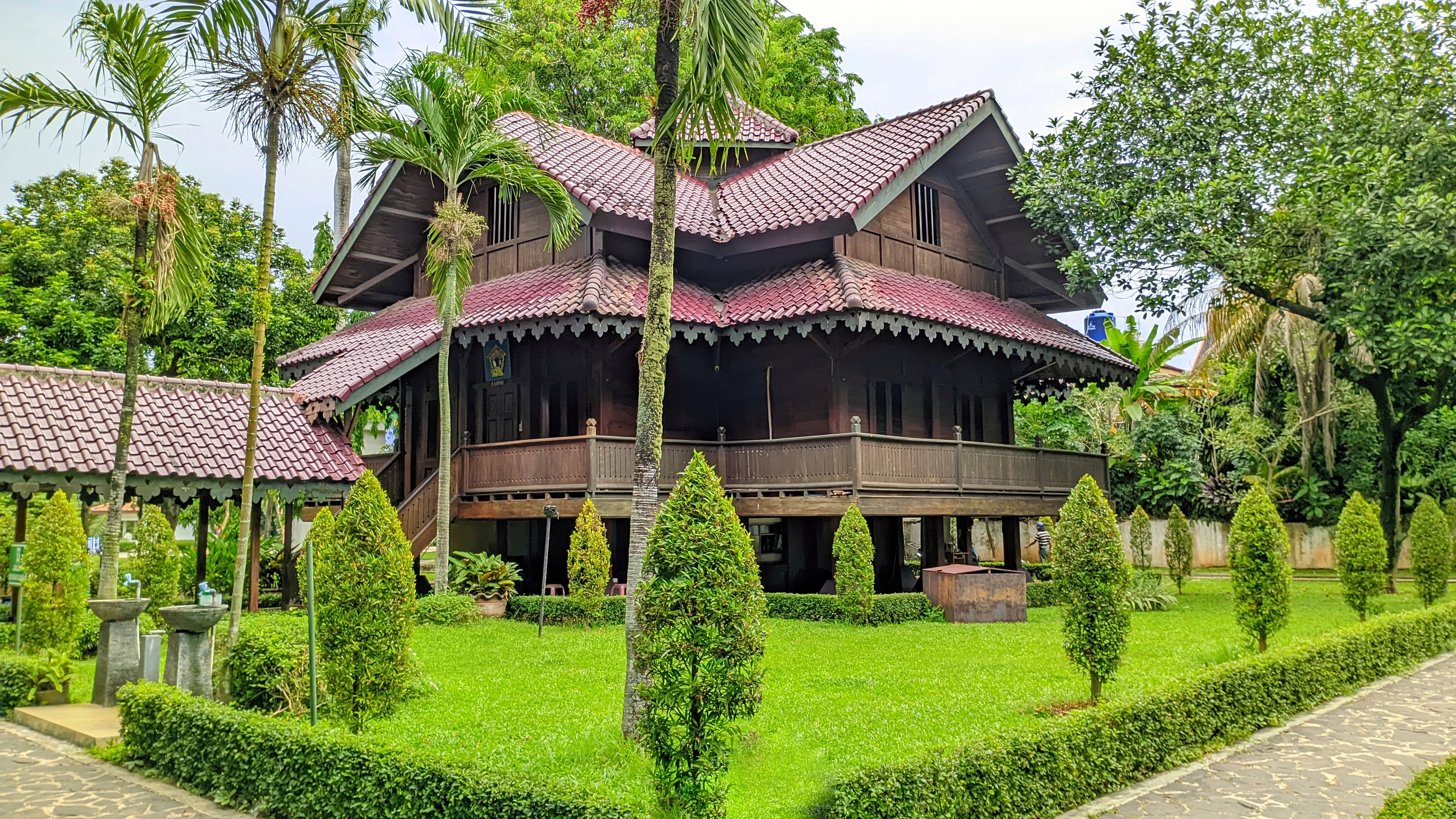
Hello everyone, how are you? I hope you're all well. I recently visited Taman Mini Indonesia Indah (Beautiful Indonesia in Miniature Park) with my friend. I'm back to visit the Southeast Sulawesi Pavilion. This Southeast Sulawesi Pavilion is a replica of a traditional house from Southeast Sulawesi.
In Southeast Sulawesi, the people are made up of various ethnic groups, including the Tolaki, Buton, Mekongga, Muna, and Kaba Ena. Southeast Sulawesi is home to a diverse ethnic group, and the land here grows a variety of assets, including various crops found in Indonesia, from mining to plantations.
| https://img.leopedia.io/DQmSVYUn37uwJUfeCajCTmS7yCAypRfXYV4wa82kxvjEPkR/MGI20250921_142018_pixel%20colour%20HDRjpegby%20media%20gcam%F0%9F%87%AE%F0%9F%87%A9.jpg | |
|---|---|
Picture by Nurdiani Latifah
The Southeast Sulawesi Pavilion allows visitors to delve deeper into the culture and traditions of the tribes of Southeast Sulawesi. Also located here is the Palace of the Sultan of Buton, known as Malige, a magnificent house.
The Malige building is striking because of its use of wood, yet each part is integrated and remains remarkably strong, just like a typical building. The first floor of the Malige house was used as the residence of the king and his queen.
![]()
![]()
![]()
Picture by Nurdiani Latifah
The first floor also features a dining room, bedroom, and living room at the front. Other rooms house fashion exhibitions, as well as displays of Southeast Sulawesi's cultural heritage. In Southeast Sulawesi, in the past, many of the clothing of the Sultan of Buton and his consorts was used. These garments, or replicas, are also displayed here.
There are also other garments worn by the king or consort, such as the pasi (traditional clothing), and other traditional attire. This pavilion also hosts various traditional ceremonies, from weddings to the opening of new fields, to various other ceremonies.

![]()
Picture by Nurdiani Latifah
In Southeast Sulawesi, the Molulo dance is a very famous one. This dance involves men and women holding hands in a circle, synchronizing their movements and footwork to the rhythm and dynamics of the music.
This house is very spacious. There are various types of houses here, depending on the ethnic group in each region. The most common is the wooden stilt house, which is often used. A wooden house that uses no nails and utilizes other natural materials such as banggu, rumpian, or nipah palms.
This malige house is a nobleman's home, with three or four stories and made of natural materials without nails, only wooden pegs. That's all I can say. What do you think? Is it interesting?
Picture by Nurdiani Latifah

About Author
Posted Using INLEO